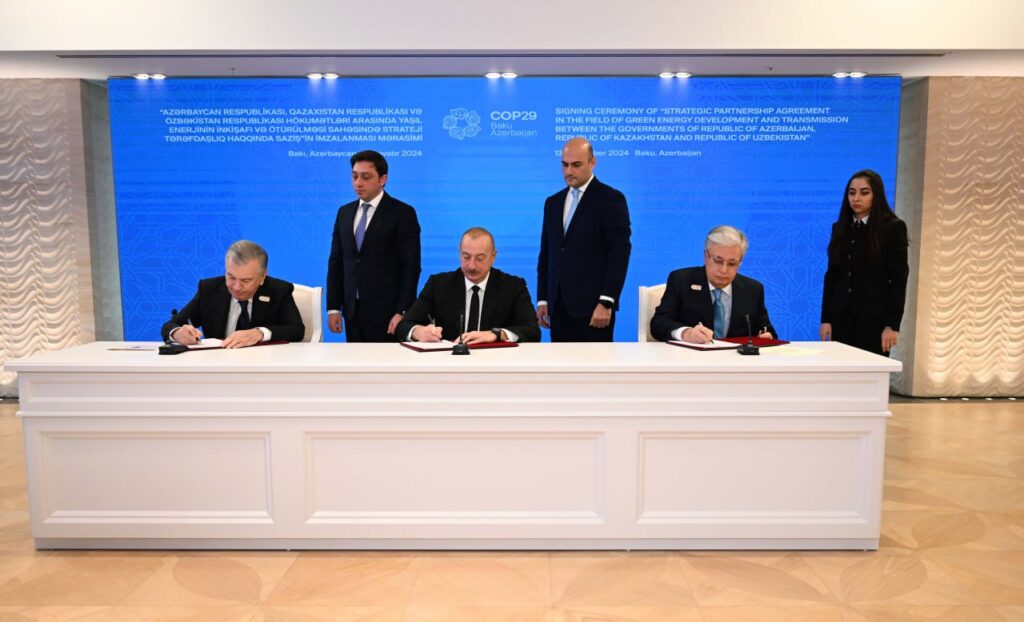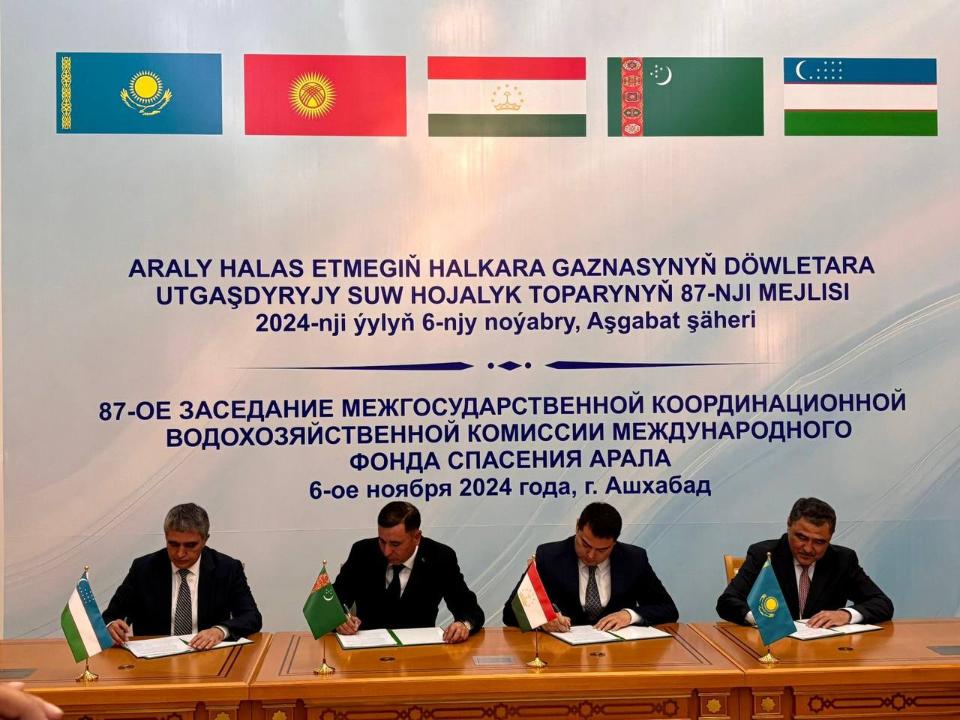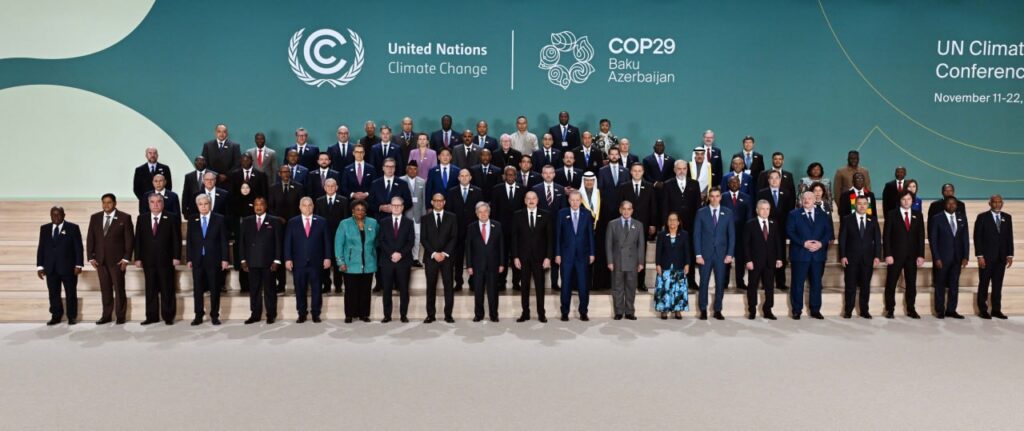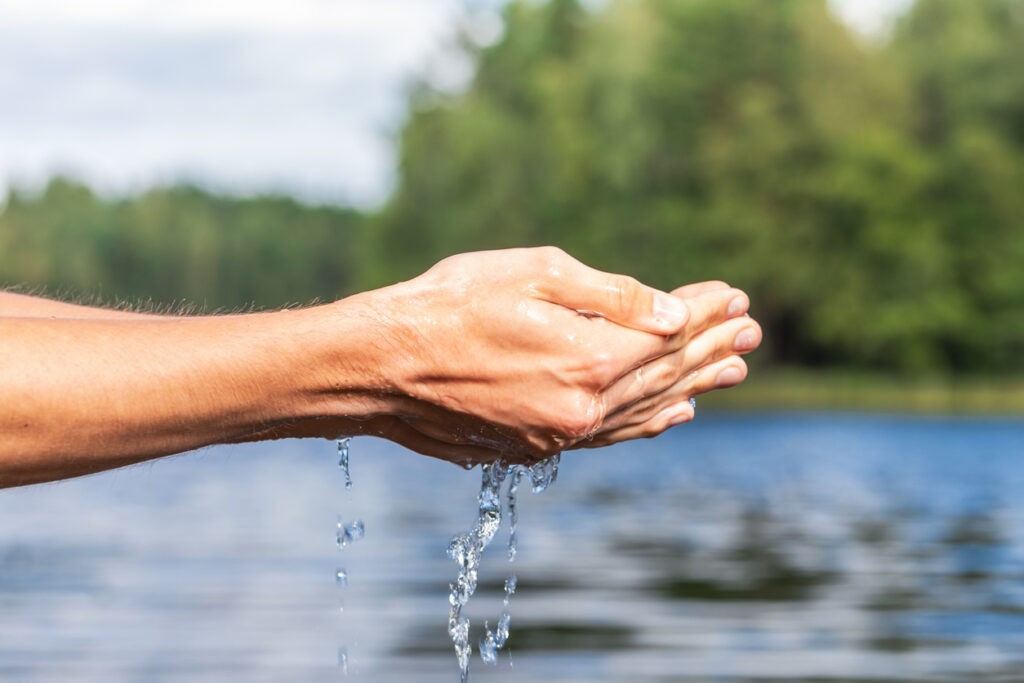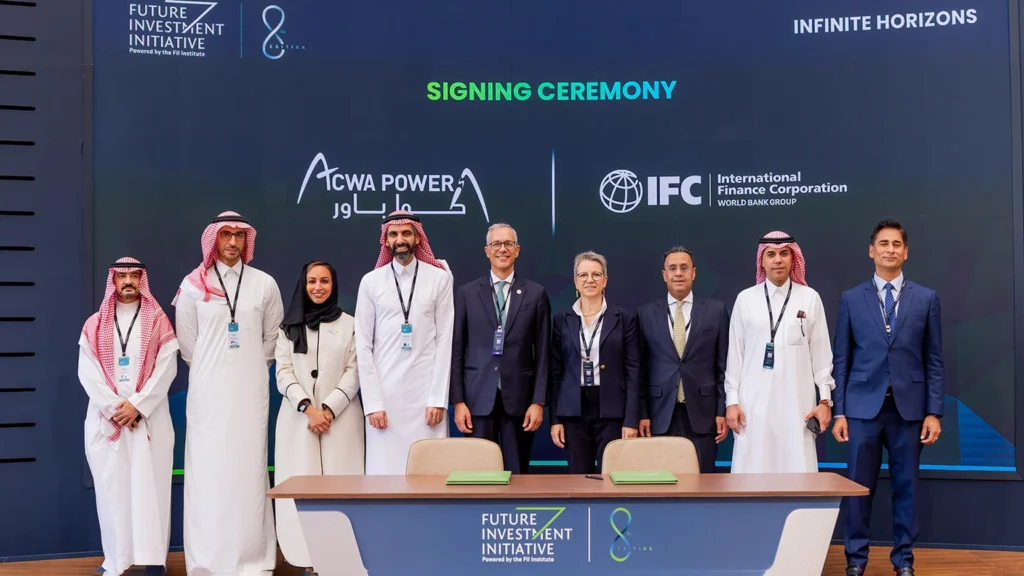Kazakhstan, Uzbekistan, and Azerbaijan Forge Green Energy Partnership
On November 13, on the sidelines of the COP29 summit in Baku, Azerbaijan, Kassym-Jomart Tokayev, Shavkat Mirziyoyev and Ilham Aliyev, the leaders of Kazakhstan, Uzbekistan and Azerbaijan, signed an agreement for a strategic partnership in developing and transporting green energy. Calling the signing of this agreement a historic event, Aliyev said that “it opens new opportunities for cooperation between the regions of Central Asia and the Caucasus. In fact, the integration processes, the processes related to transportation, energy, and trade between the regions of Central Asia and the Caucasus, allow us to say that these two regions are acting in a synchronized manner in many areas, including in the field of green energy development.”. The Azeri president added that constructing an electric cable under the Caspian Sea could lead to broader regional collaboration. Aliyev also highlighted Azerbaijan's ongoing plans to construct a cable from Azerbaijan along the bottom of the Black Sea to Europe. “The feasibility study for this project is nearing completion, so we will connect Central Asia, the Caucasus, Europe, the Caspian, and the Black Seas with a single energy corridor,” he stated. In his speech, Tokayev said the trilateral agreement opens new opportunities for integrating the energy systems of Kazakhstan, Uzbekistan, and Azerbaijan, as well as for creating reliable corridors to supply environmentally friendly energy to European and other markets. “Kazakhstan plays an extremely important role here as a large transit territory. The practical results of this Agreement will also contribute to developing the Middle Corridor as a ‘green bridge’ connecting our economies. Close cooperation in this key area will intensify the exchange of experience and advanced technologies between the three states and further strengthen our energy security,” Tokayev said. Mirziyoyev emphasized the environmental significance of this agreement, noting, “The energy that will be transmitted is wind and solar energy, which will help mitigate the impact on the climate. In this way, we support joint efforts to protect the climate within the framework of the Paris Agreement and achieve the Sustainable Development Goals,” he added. The three presidents also witnessed the signing of an Executive Program on cooperation in green energy development and transmission by the energy ministers of Azerbaijan, Kazakhstan, Uzbekistan, and Saudi Arabia.
